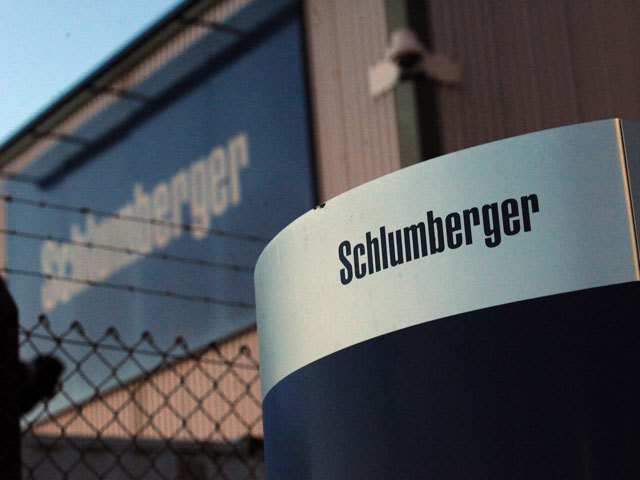
Oilfield services company Schlumberger has reported a dramatic increase in pre-tax revenue for 2018’s first quarter, almost double what it reported in the first quarter last year.
In a financial statement ending on the 31 March 2018, Schlumberger reported pre-tax revenue of £458million, a £220million increase from £238million in 2017.
The company also announced revenue of £376million after tax for the first period of 2018, an increase of £175million on the same period last year.
Total revenue hit £5.5billion but costs totalling £4.8billion knocked down revenue substantially.
However, revenue in total was up from Schlumberger’s 2017 figure of £4.8million in the same period in 2017.
The company saw a slight increase in its North American operations but a decrease of 16% in Latin America, 6% in Europe and 4% in the Middle East.
Paal Kibsgaard commented, “As forecast, our results in the first quarter of 2018 largely reflected transitory factors, with seasonal reductions in activity in the Northern Hemisphere and planned project startup costs including the equipment mobilization, reactivation, and redeployment associated with recent contract wins.
“The underlying international businesses started the year well, as business units in the Middle East, the North Sea, and Russia were all in line with our first-quarter activity expectations, while activity upsides in Asia were offset by continued weakness in Latin America and Africa.
“On land in North America, our Drilling services business continued to grow, driven by strong demand for horizontal drilling technologies. Revenue also increased due to the ramp-up of activity in Canada.
“The US land pressure pumping business, however, was impacted by weaker than expected activity as well as by softer pricing, inefficiency, rising supply chain costs, and rail logistical challenges. In spite of this, we continued to deploy available fracturing assets, including equipment from our newly acquired capacity. We expect the US land hydraulic fracturing market to improve during the second quarter, both in terms of pricing and in operational efficiency and, therefore, we are continuing with our aggressive fleet reactivation and recommissioning program.”
Recommended for you
